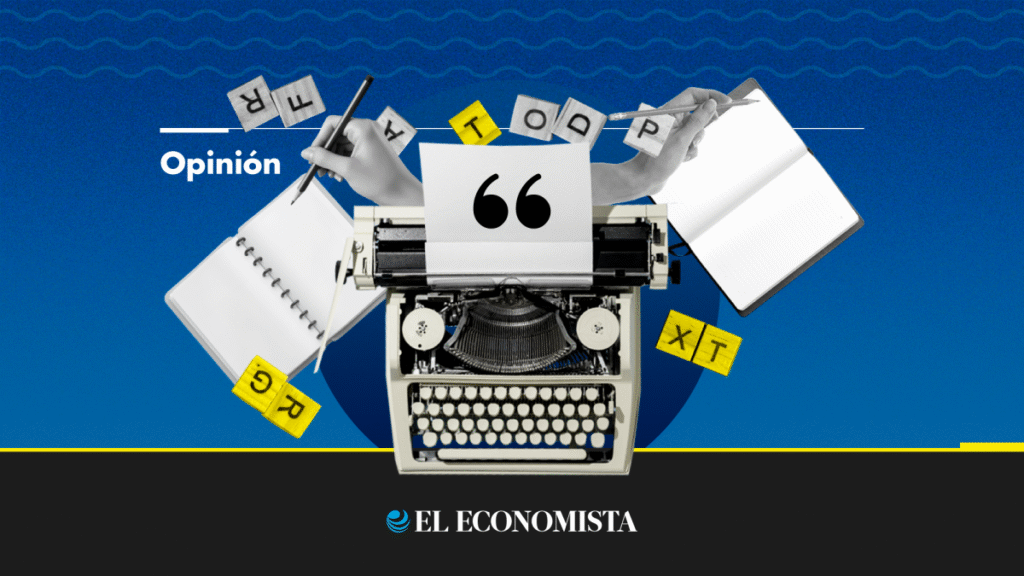Introduction to the Issue
Recent statements from authorities suggest that tariffs for numerous public projects, either completed or underway, will not cover the capital cost recovery. Instead, construction, equipment acquisition, and setup costs will be written off entirely. The government argues that these projects aim to provide public services for the well-being of people, not to generate profits.
Specific Projects Under Scrutiny
The new Mexican airline company, southeast hotels, the Mayan Train, and this administration’s new passenger trains have been explicitly mentioned as examples of such irresponsible spending.
Capital Costs and Their Implications
The capital costs are substantial, especially for the trains. The Mayan Train is estimated to cost around 500 billion pesos (mmp), which is half of the public spending budgeted for education this year and nearly 60% of health spending. The estimated cost for the passenger trains phase 1/2025 by 2025 exceeds 150 mmp, three times the amount allocated for public order and interior security.
Project Viability and Public Subsidies
It appears that the trains won’t be self-sustaining. Even Andrés Lajous, in charge of the project, stated: “Public infrastructure is not evaluated based on capital recovery… If the idea is that… (if) it’s an investment to be recovered, likely most of the country’s highways, social security hospitals, and a significant portion of primary schools would not have been built.”
While I don’t agree with equating the utility of public roads, hospitals, and schools to passenger trains—especially when there are already various transportation options available—there is potential for improvement in cases like CDMX-Querétaro and Pachuca routes, where road congestion is evident. However, whether trains are the most cost-effective solution remains questionable.
International Comparisons and Fiscal Responsibility
Passenger trains are often praised, as seen in developed countries. Indeed, they are efficient and enjoyable, heavily subsidized like in Japan and Western Europe. However, there’s a crucial difference with Mexico.
In those countries, tax revenue as a percentage of GDP is two to three times higher than in Mexico (32% in Japan, 44% in France, 28% in Switzerland vs. 15% in Mexico). In these representative democracies, citizens agree to taxes sufficient to fund projects deemed socially justified.
In contrast, Mexico’s tax revenue is meager (around 15% of GDP), pushing the country towards fiscal unsustainability. In these circumstances, subsidizing projects like passenger trains—which may not be the best solution for addressing mobility issues in every region—is irresponsible.
Key Questions and Answers
- Q: Why are public officials not considering capital cost recovery in tariffs for these projects? A: The government argues that these projects aim to provide public services, not generate profits.
- Q: What are the estimated costs for some of these projects? A: The Mayan Train is expected to cost around 500 billion pesos (mmp), while the passenger trains phase 1/2025 by 2025 is estimated to exceed 150 mmp.
- Q: Are these projects expected to be self-sustaining? A: It appears unlikely, as the capital costs are substantial.
- Q: How do international comparisons affect the discussion on Mexico’s public spending? A: Developed countries have higher tax revenues as a percentage of GDP, allowing for greater public subsidies on projects like passenger trains. In Mexico’s case, the lower tax revenue makes such subsidies irresponsible given the country’s fiscal situation.






